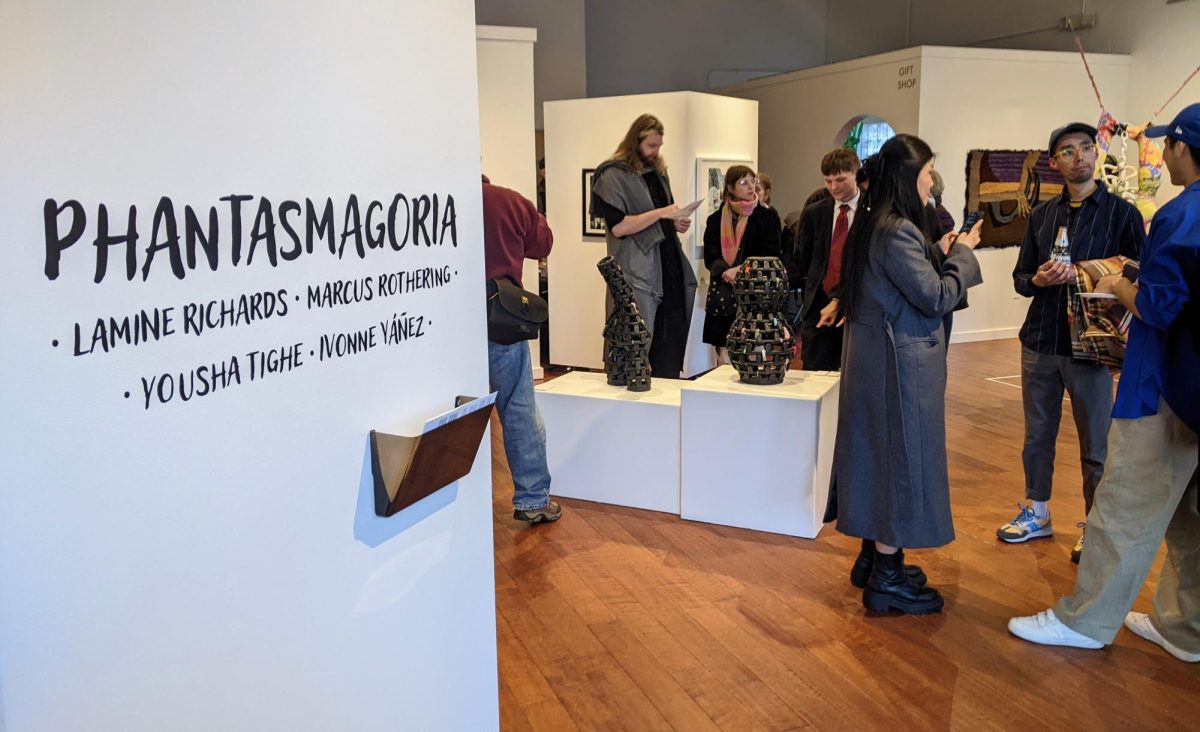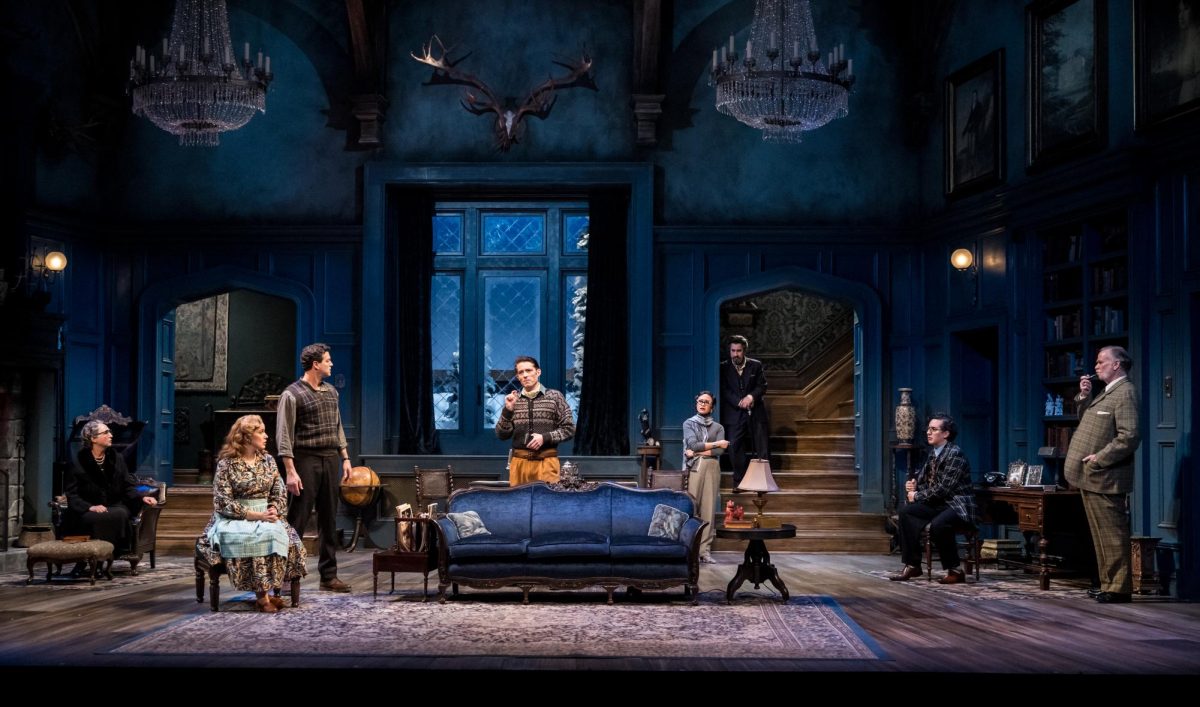Stop at any dusty truck stop along Southwestern America’s highways, and you’re bound to discover a shelf full of cottage industry Frida Kahlo artifacts: plastic matchbox shrines, keychains and charms all sporting the likes of the famous Mexicana.
WHEN: Through Jan. 20th
WHERE: Walker Art Center, 1750 Hennepin Ave., Minneapolis
TICKETS: Free with gallery admission ($10 general, $6 students)
But few know much more about Kahlo beyond her famously stoic and mesmerizing face. Her life, or so it seems, was filled with psychic pain and physical illness; in fact, Kahlo painted most when she was, in her own words, “bored as hell in bed.”
“Frida Kahlo,” the new exhibition at the Walker Art Center, forces us to peer beyond the myth, to confront other depths of her work that speak over her sparklingly tragic pop persona. The exhibition contains not only 46 of the artist’s paintings but also 90 photographs from her personal photo albums, adding a seductive, private dimension to her beautiful menagerie of work.
Hayden Herrera, art historian and expert on Kahlo’s life and work, teamed up with the Walker’s Elizabeth Carpenter to co-curate the collection in celebration of the 100th anniversary of Kahlo’s birth.
“Frida painted herself often to extend her being into the world,” Herrera said. “(Her paintings) embody explosive feeling held in check by steady will.”
As a blossoming artist coming of age in post-revolutionary Mexico of the 1930s, Kahlo was once fascinated by Botticelli’s Renaissance figurines. But into adulthood, she underwent a huge transformation that would inform her buoyant, surrealist sensibilities later in life. Once she met and fell in love with celebrated Mexican muralist Diego Rivera, Kahlo started wearing indigenous dresses and jewels and began to cultivate an intentionally primitive style common in Mexican folk art. Her art took off from there.
As evident in her multiple portraits, scenescapes and still-lifes, both the body and the domestic object become a site on which her inner pain bleeds, grows a deer body, or sprouts a column for a backbone. Her self-portraits look all that corporeal pain straight in the eye, taunting it, yet wholly shaped by it. And that stoic mask of reserve – which never breaks into another expression – haunts and delineates, rips identity right out of the solar plexus and forces it to fly.
Themes of universal interconnectedness dominate Kahlo’s work, as throughout her life she (informally) dipped her toes into the cesspools of Grotesquerie and Surrealism (although according to Herrera, Kahlo loathed all the surrealists except for DuChamp). Much of her work has a Bakhtinian underbelly, as human-animal hybrids, blood, fetuses, and lactating breasts dance with Mexican homelands and dream sequences scratched in the canvassed backgrounds. She centers her work in both the cosmos and the terra firma, the reflective space between the two sagging like a thick fog around the exhibit.
Kahlo was a flamboyant wife and an iconoclastic firecracker, both a symbol of Mexicana and la revolución- a female Ché Guevara. Many parallel the seasons of her life with the modernization of Mexico. And she staunchly defended her right to self-disclosure and candidness in her work, whether through the presence of a salty tear or her artistic exaggerations about the intensity of her unibrow.
“Kahlo never flattered herself. She was much prettier in reality than she is in her paintings,” Herrera exclaimed.
Her Communist political ferments often bubbled over onto the canvas. “My Dress Hangs There” (1933) is a cluttered, mural-like scenescape of New York City, its waste and its window-infested skyline. According to Herrera, something about depression-era American culture rubbed Kahlo the wrong way.
“She was horrified that the rich were drinking cocktails and having cocktail parties while the poor were standing in bread lines,” said Herrera.
In other works, her sardonic sense of humor is hard to miss. “Without Hope” (1945) depicts Kahlo bedridden amidst a celestial, rocky landscape. Above her head is a funnel cloud of reddish vomit, spewing over with a sugar skull, a limp, skinless chicken, sausage casings and fish carcasses. Kahlo cheekily painted it in defiance of her doctor’s insistence on a post-surgical protein diet.
Although misery fanned the flames of her creative process, it doesn’t define Kahlo or her work. Her oscillations between heroic sufferer and tragic victim weren’t lost, even on her, but in a weird way, her memory struggles to wrangle itself away from the Ivory Towered binaries of the art world.
Throughout her life, Frida Kahlo embodied the tense, often contradictory worlds that revolutionary female artists (and women in general) often inhabit. She strongly opposed fascist beauty norms – flaunting her big thick unibrow like a hairy talisman – but put up with Rivera’s misogynistic extramarital romps. So when it came to her oft-grueling existential struggles, she escaped into her painted self-representations. Perhaps she was, at heart, a narcissist. Or just profoundly puzzled by the woman she saw in the mirror.
And that irreconcilability is what forced her imagination into the cosmic vernacular during the good times, and kept her trudging back to the canvas in her – and her country’s – darkest times.







